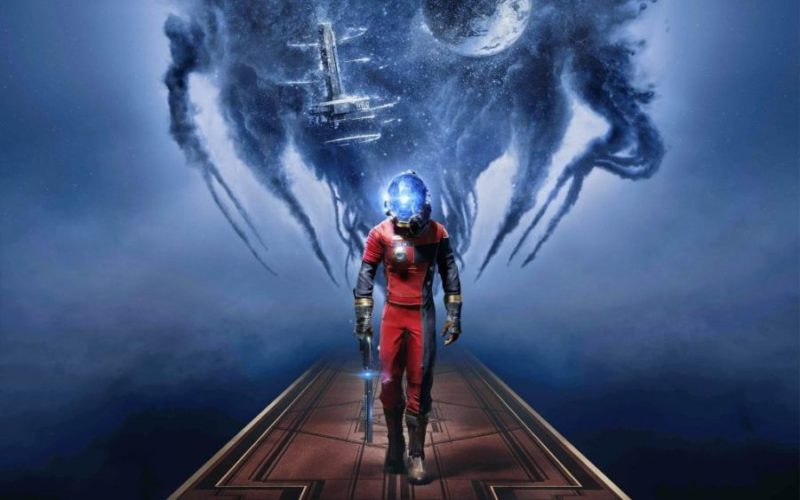
These poisoned cells become black for the duration of the poisoning. This process is repeated for the total time specified on the screen with one additional feature: partway through a simulation, a small, random subset of cells receives poison that kills any coyotes or rabbits that move to those cells.

At each time step of the simulation that develops, rabbits and coyotes move from their current locations to adjacent cells, losing energy in the process, eat and gain energy if food is available on their new cells, die if they haven't eaten for a while and have run out of energy or, in the case of rabbits, if they have been eaten by a coyote, and finally reproduce with a certain probability. At the beginning of a simulation, approximately half the cells are brown and half are green.Īfter this Setup, you can initiate a simulation by clicking the Go button. Brown cells represent patches that have been fed on by rabbits recently, green cells represent patches in which live grass has grown back after earlier feeding by rabbits. When you click the Setup button in the upper left corner of the screen, some cells will become green, others brown, and black coyotes and white rabbits will appear in random positions on the grid. When you load the model, the grid is a black square in the center of the screen. Each cell is a patch of grass that may be alive, in which case the patch is green, or dead, in which case the patch is brown. The grid represents a habitat such as a field or meadow occupied by coyotes and rabbits. The interaction between coyotes and rabbits plays out on a square grid containing 2500 individual cells. In the fishing example, humans are a generalized source of mortality on both sharks and cod, so humans act like the poison in our model of coyotes, rabbits, and grass. Volterra built an abstract mathematical model to do so Predator, Prey, Poison is an individually based and spatially-explicit computer simulation with the same goal. D'Ancona wondered if his future father-in-law could explain these results. D'Ancona noticed that numbers of predatory sharks increased relative to numbers of cod and other prey species during World War I, while the pattern was reversed after the war ended and fishing increased to pre-war levels. During World War I, commercial fishing decreased in the Adriatic Sea, presumably because it was a war zone. This question was first investigated by the Italian mathematician Vito Volterra in the 1920s in response to a question from a fisheries biologist named Umberto D'Ancona who was engaged to Volterra's daughter. Using this model, you can ask how a generalized source of mortality on both predators and prey (poisoning) influences the relative abundances of the predators and prey. During part of a simulation, some patches of the meadow are treated with a poison that kills any rabbits or coyotes that move to those patches.

The model simulates the population dynamics of coyotes and rabbits as they move around a grassy meadow feeding, reproducing, and dying. The predator is represented by coyotes, the prey by rabbits, and the prey's food by grass, although the model can apply to any three species in an ecological food chain.

Predator, Prey, Poison is a model of the interactions of predators, prey, and food eaten by the prey. If clicking does not initiate a download, try right clicking or control clicking and choosing "Save" or "Download".(The run link is disabled for this model because it was made in a version prior to NetLogo 6.0, which NetLogo Web requires.) Although this behavioral indicator was developed and tested in the context of foraging ecology of diving animals, this indicator can be applied to other central place foraging animals.(back to the NetLogo User Community Models) These suggest that the POS is indeed a behavioral index of prey patch condition. We found a similar positive correlation between the POS and a behavioral index (index of patch quality) developed previously in diving animals. We quantified the relationship between the POS and the prey richness index calculated from the number and size of prey-like objects on recorded still images from an animal-borne digital camera logger, and found significantly positive correlation between them. The standard residence time was defined as an optimal patch residence time maximizing the proportion of bottom time to the duration of dive cycle.

This indicator is a proportion of observed patch residence time to the "standard" residence time (POS). We developed a simple behavioral indicator of prey patch conditions in diving animals.


 0 kommentar(er)
0 kommentar(er)
